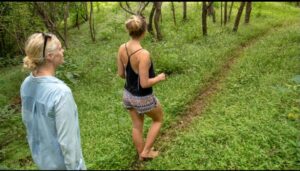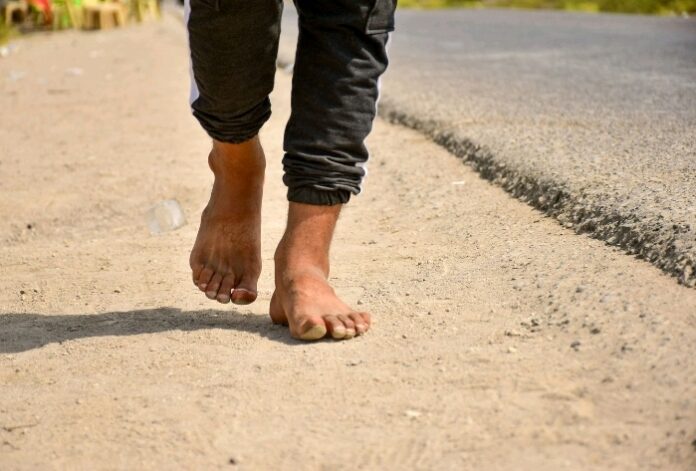Walking barefoot, or “earthing,” is when you walk without shoes on natural surfaces like grass or sand. Many people think it has health benefits, but it also has some risks. Here’s a simple guide to understanding both sides.
Benefits
1. Stronger Feet and Better Balance: Walking without shoes can make your feet stronger and improve your balance. Shoes can change the way you walk, but going barefoot helps your feet work naturally.
2. Better Sensory Feedback: Barefoot walking helps you feel the ground better, which can improve your coordination and spatial awareness. This can make you more aware of where your body is in space.
3. Reduced Stress: Some believe that walking barefoot on the earth can help reduce stress and inflammation. The idea is that touching the ground might help neutralize harmful particles in the body, although this is still being studied.
4. Improved Posture: Without shoes altering your gait, walking barefoot can encourage a more natural and aligned posture, potentially reducing back and joint pain.

Risks
1. Injuries: Walking barefoot can lead to cuts or bruises from sharp objects like glass or nails. It’s also easier to pick up infections if you walk in unsanitary places.
2. Foot Health: If you have foot problems like flat feet or plantar fasciitis, barefoot walking might make things worse. It’s important to be cautious if you have existing foot issues.
3. Hygiene: Walking barefoot in public places can increase your risk of fungal infections like athlete’s foot. Always choose clean, safe places to walk.
Managing Barefoot Walking
– Start Slowly: Begin with short walks on soft surfaces like grass.
– Choose Safe Places: Walk on clean, natural surfaces to avoid injuries and infections.
– Check Your Feet: Look for any cuts or infections regularly.
– Consult a Doctor: If you have foot problems, talk to a healthcare professional before going barefoot.
So, is walking barefoot a simple way to boost your health, or are the risks too high?




